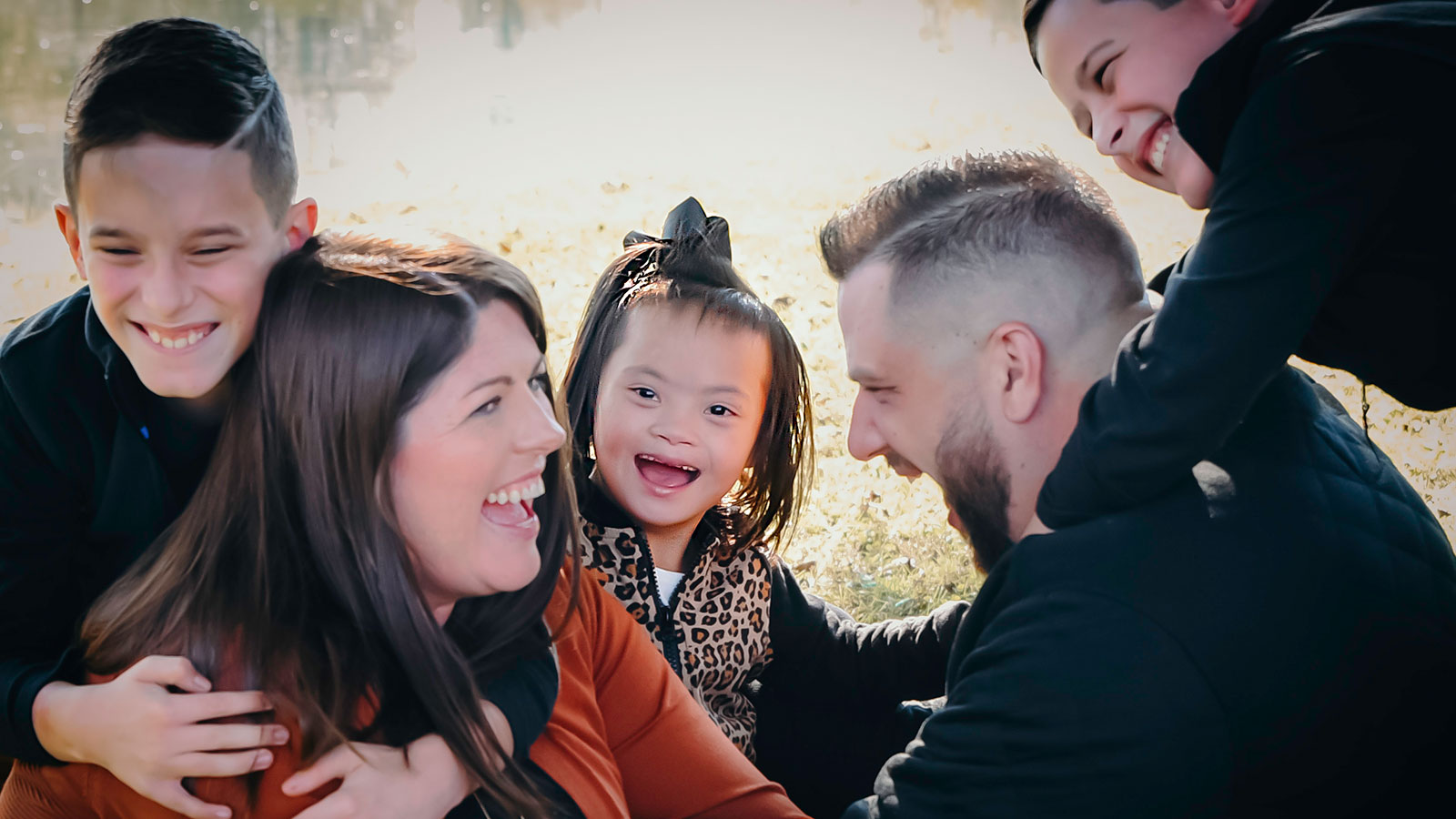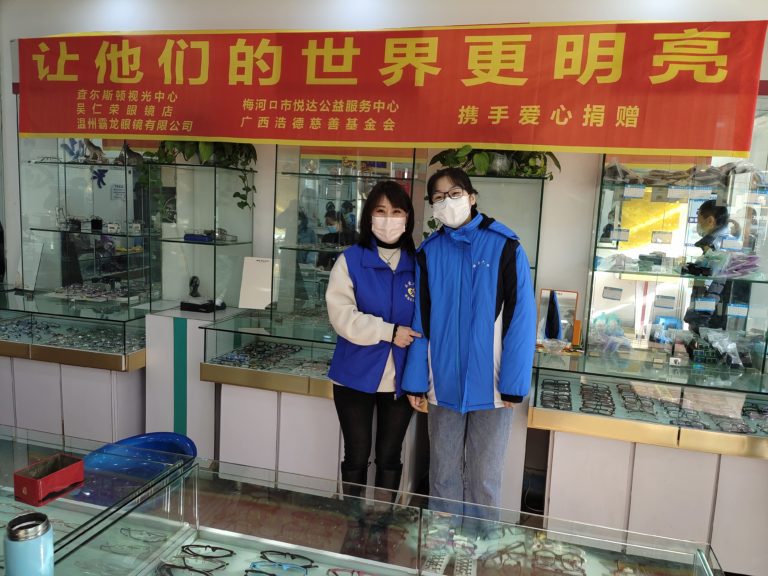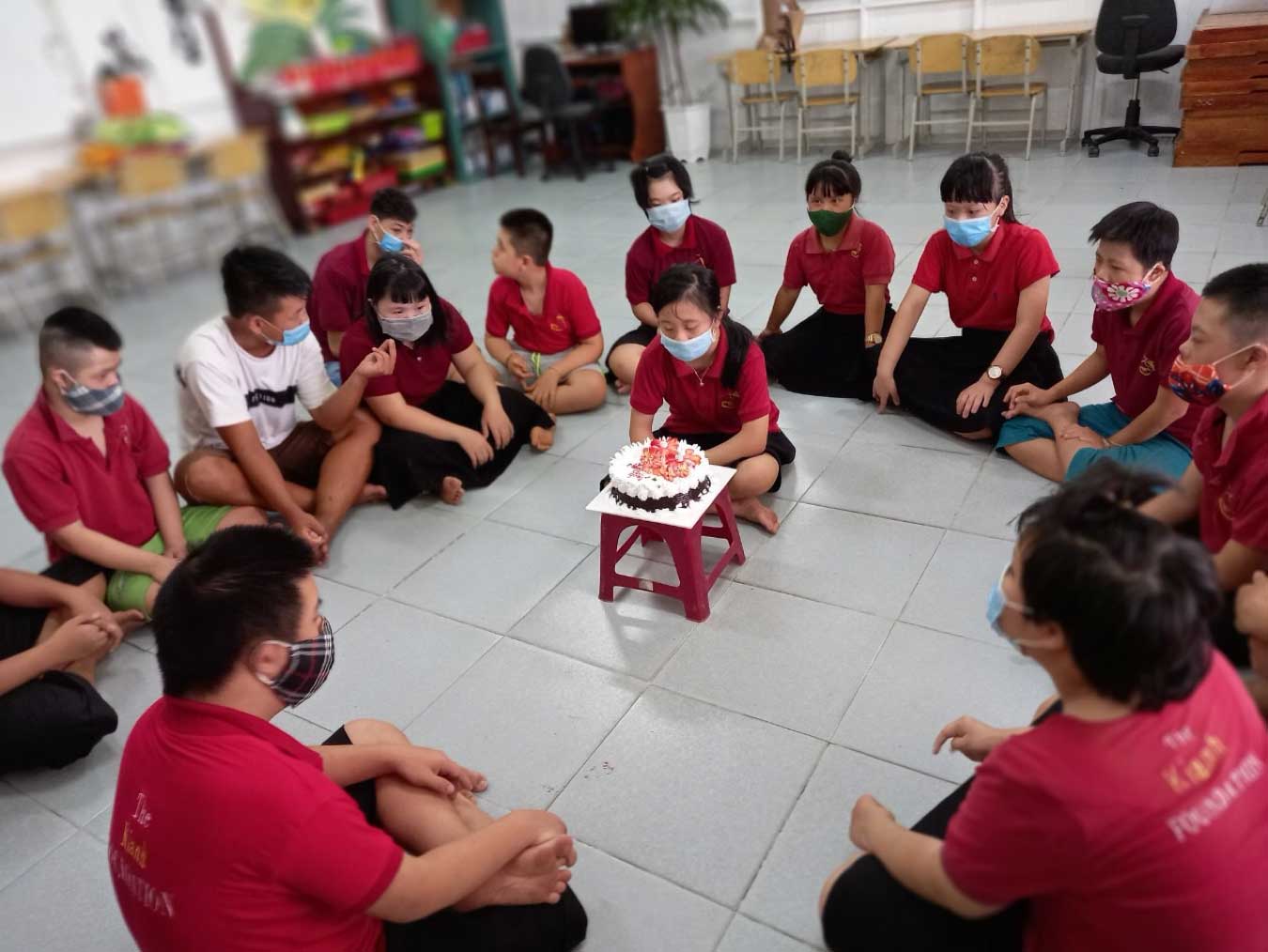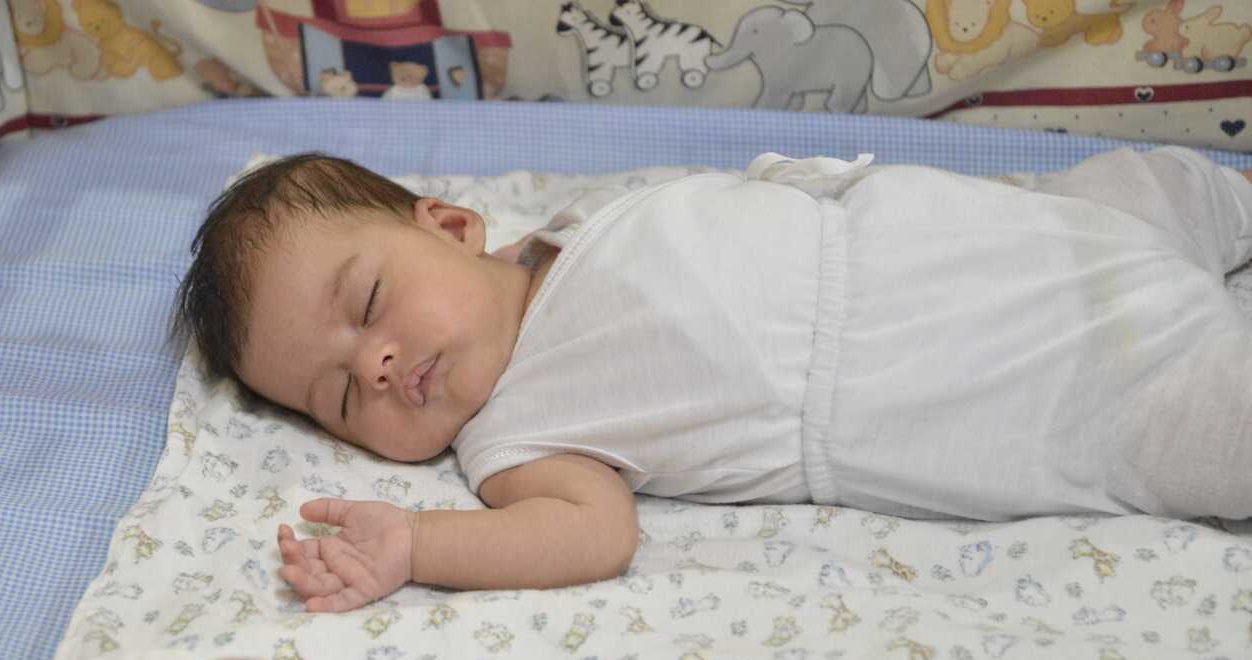
Disabilities are common, with 15% of the world's population experiencing some form of disability. Disability is defined as any continuing condition that restricts everyday activities and is a broad term that includes a range of conditions and disability types.
When a child has a disability, they may need some additional support or resources as they grow and develop. Children with medical needs include those who have a chronic illness or medical condition that affects growth, development, nutrition and/or feeding. Disability and medical needs are common in children who are adopted.
Conditions
Children with disabilities or medical needs may require health and health-related services beyond basic, routine care. Conditions that may require some additional support or health care resources include:
- Cleft lip/palate
- Cerebral palsy
- Down syndrome and general low muscle tone
- Severe malnutrition
- Premature birth
- Cancer
- Gastrointestinal disorders
- Congenital heart disease
- Fetal alcohol spectrum disorder
- Low birth weight
- Failure to thrive
- Spina bifida
- HIV/AIDS
- Overweight/obesity
Most Common Challenges
Challenges children may encounter include:
- Abnormal growth (i.e., underweight, overweight and/or short stature or stunting)
- Inadequate food intake to support growth and health
- Feeding problems related to oral-motor difficulties (difficulty sucking, swallowing, chewing) and/or behavioral difficulties (easily distracted or stimulated, food refusal, aggressive behavior)
- Low muscle tone
- Medication-nutrient interactions
- Chronic constipation or diarrhea
- Need for enteral (tube) feeding
Nutrition and Health
All children require good nutrition to grow and develop. Children with disabilities or medical needs may have more frequent, long-term problems that could alter their growth, diet, feeding and eating behaviors, as well as their bowel and fluid habits. Children can become ill more often and for longer periods of time when these problems are not adequately addressed.
The nutrition and feeding problems that children with disabilities or medical needs experience can be improved or controlled, but often are not completely resolved. Therefore, children diagnosed with disabilities or medical needs may require ongoing and periodic nutrition screening and intervention, and the participation of a team to provide interdisciplinary care.
We're sorry no stories match the filters you've chosen. Please adjust your selection of filters.


Adoption
Cairo Needs an Adoptive Family!

Adoption
Nutrition Basics

Family Strengthening
A Glimpse Into a Sponsored Child’s Life

Adoption
Feeding Basics: How We Eat and Drink

Adoption
Soren Needs an Adoptive Family!

Family Strengthening
A Day of Celebration and Hope

Adoption
Successful Sleep & Regulation

Adoption
The Child With Medical Needs

